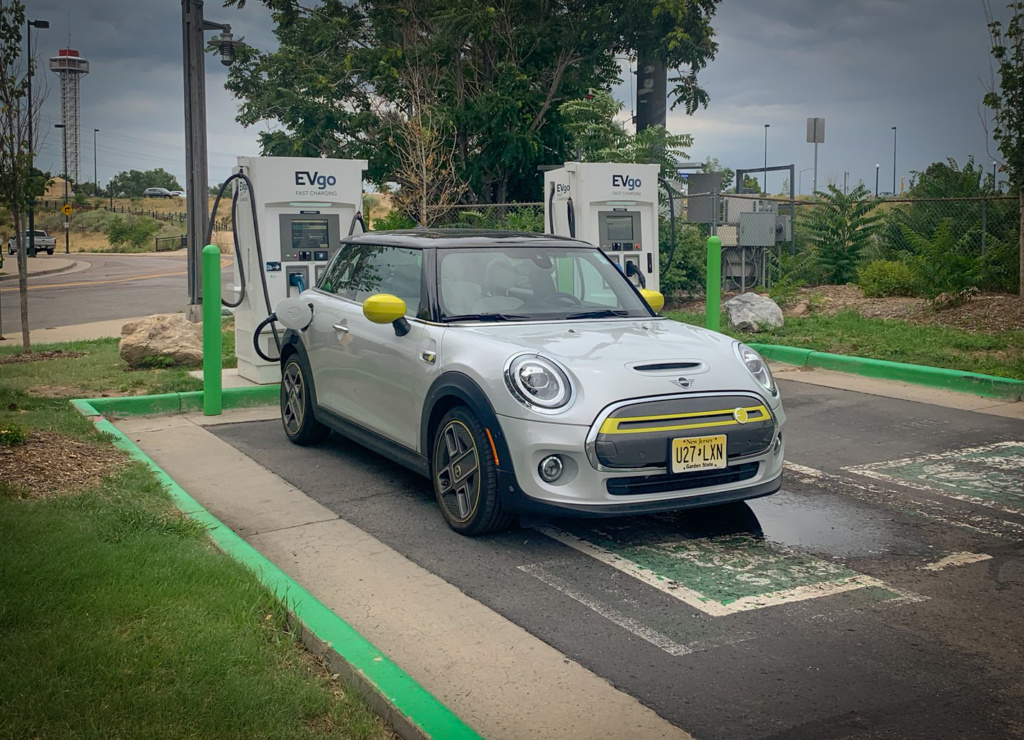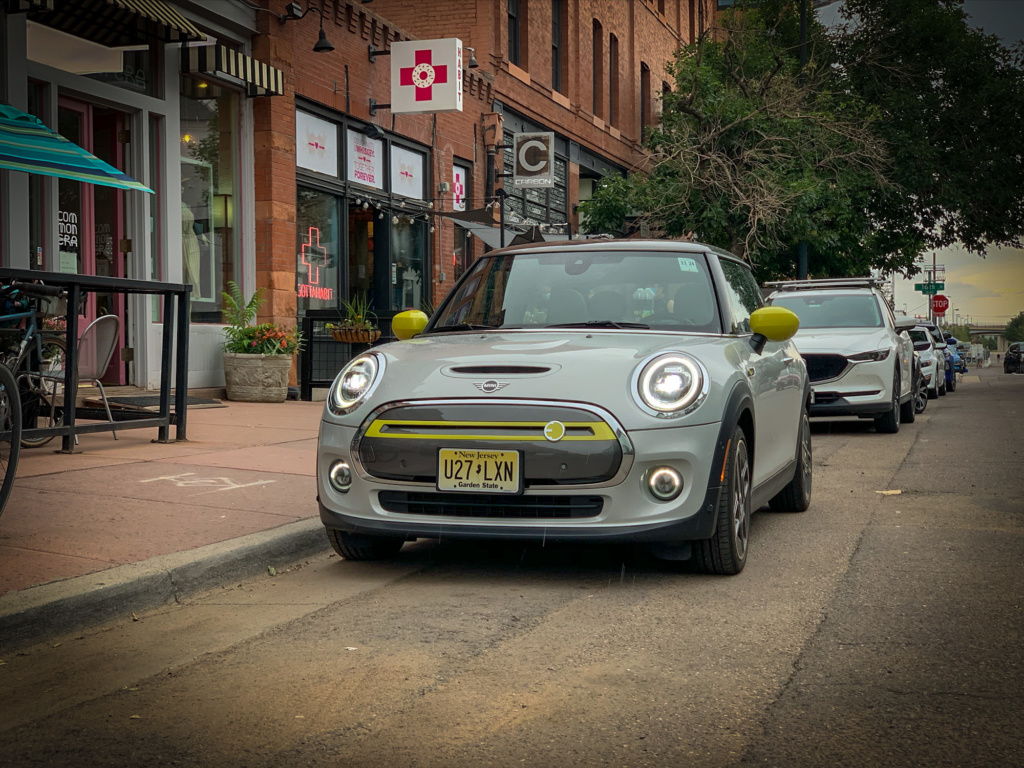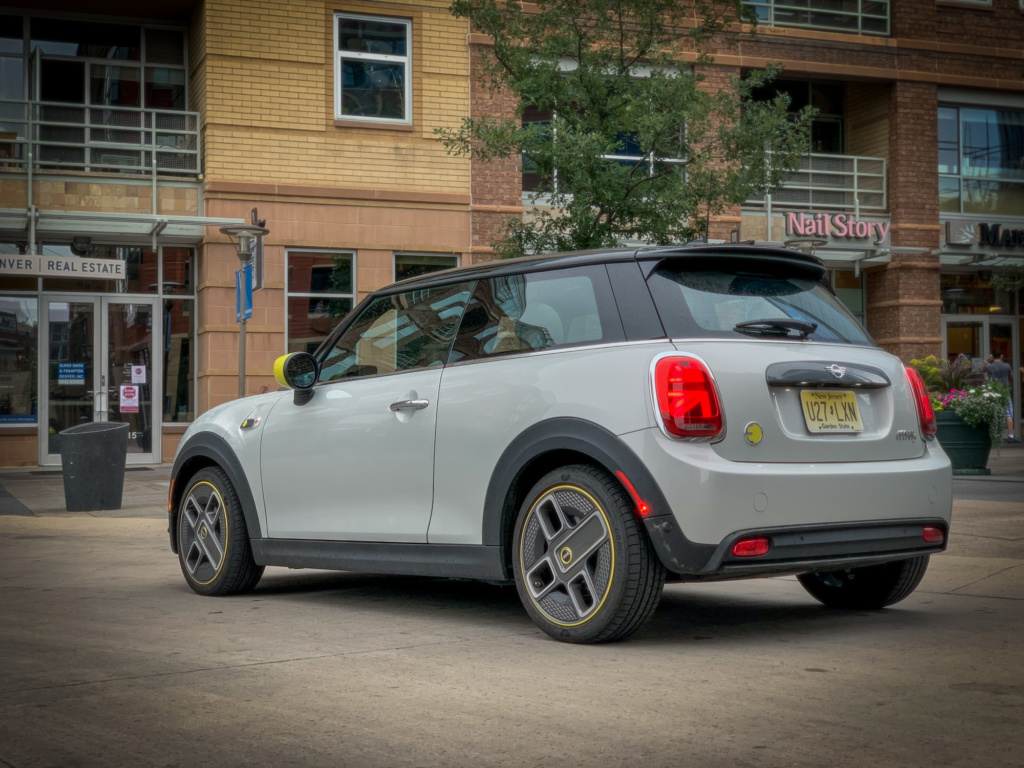If there ever was a car that felt perfectly matched for the transition from gasoline to electric propulsion, it is the Mini Cooper.
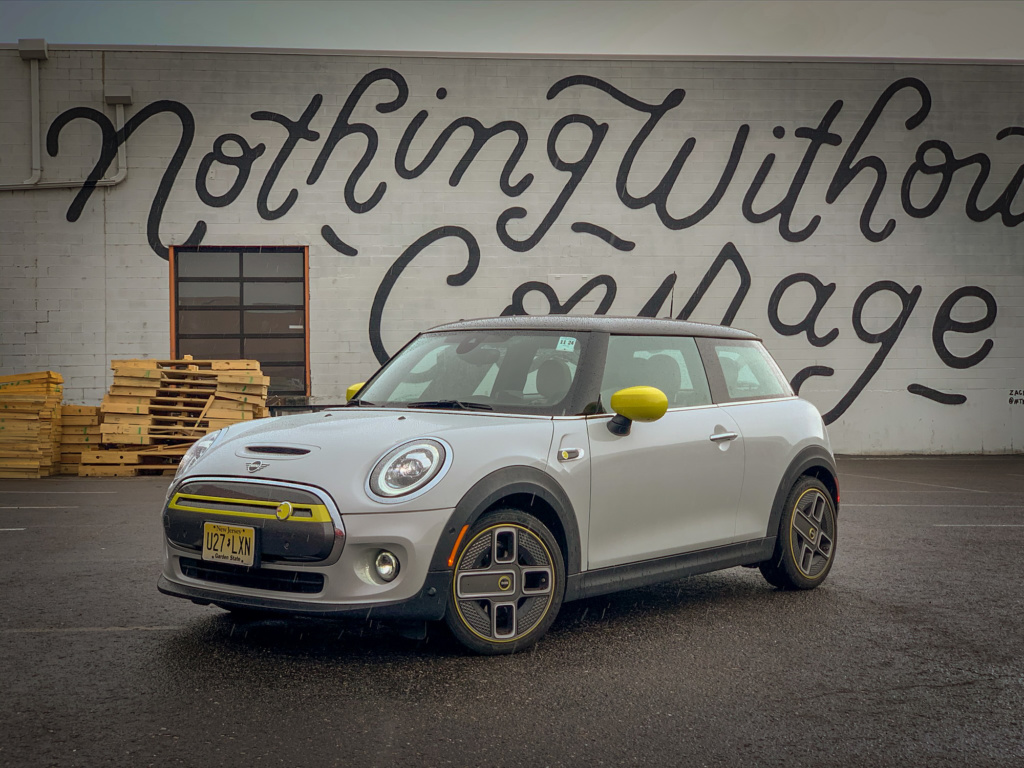
Launched in 1959 to provide relief from (another) global fuel shortage as well as the increasing price of car ownership, Mini instantly changed the landscape by rethinking the traditional automobile design. The engine sat sideways, the wheels were pushed out to the corners, and the small hatchback design meant that it was space-efficient and fuel-efficient. Perhaps unexpectedly, the Mini’s low cost and inherent agility made it a favorite for amateur racers and once former Formula One car builder, John Cooper got his hands on the Mini, it became a favorite for professional racers as well.
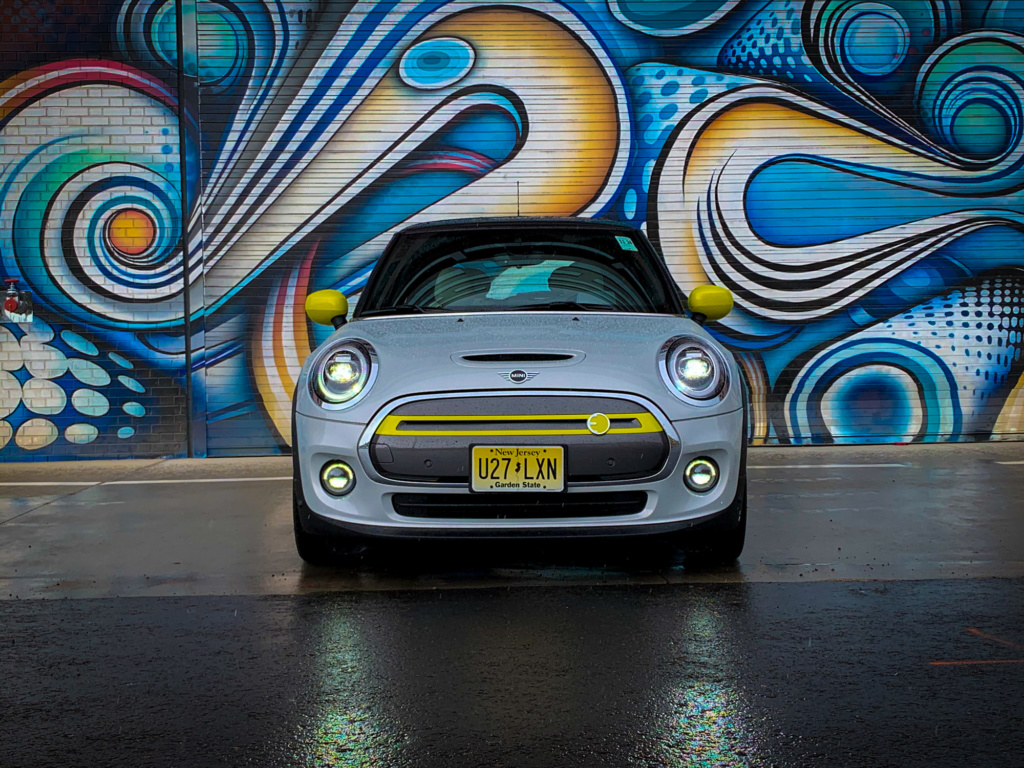
And so we fast-forward to 2009 when, under the leadership of BMW, Mini again set the stage to redefine the automotive landscape with an all-electric Cooper. Launched with a limited release of 500 units, the lease-only program provided critical data as to how people use EV’s differently across the world, however, it was another 11 years before the Mini Cooper EV was deemed ready for prime-time.

Fitted with a proven-powertrain under its belt and filled with the same guiding design principles that made the original Mini such a delight to drive, the 2020 Cooper SE brings a welcome breath of “sporty” air to the EV market.
Everyday EV sports car
There is no denying the significance of the advantages that electric motoring has over the traditional powertrain. Instead of waiting for valves to open, fuel to be injected, and the combustion to take place, full power from the motor is just an electrical signal away. Instead of running through stepped gears, a one-speed transmission is made possible by the motor’s peak torque at any speed and is always at the ready to provide smooth and uninterrupted acceleration. Lastly, instead of burning fossil fuels, the Mini Cooper SE can be recharged using renewable energy sources and hence the concept of guilt-free full-power acceleration is born.
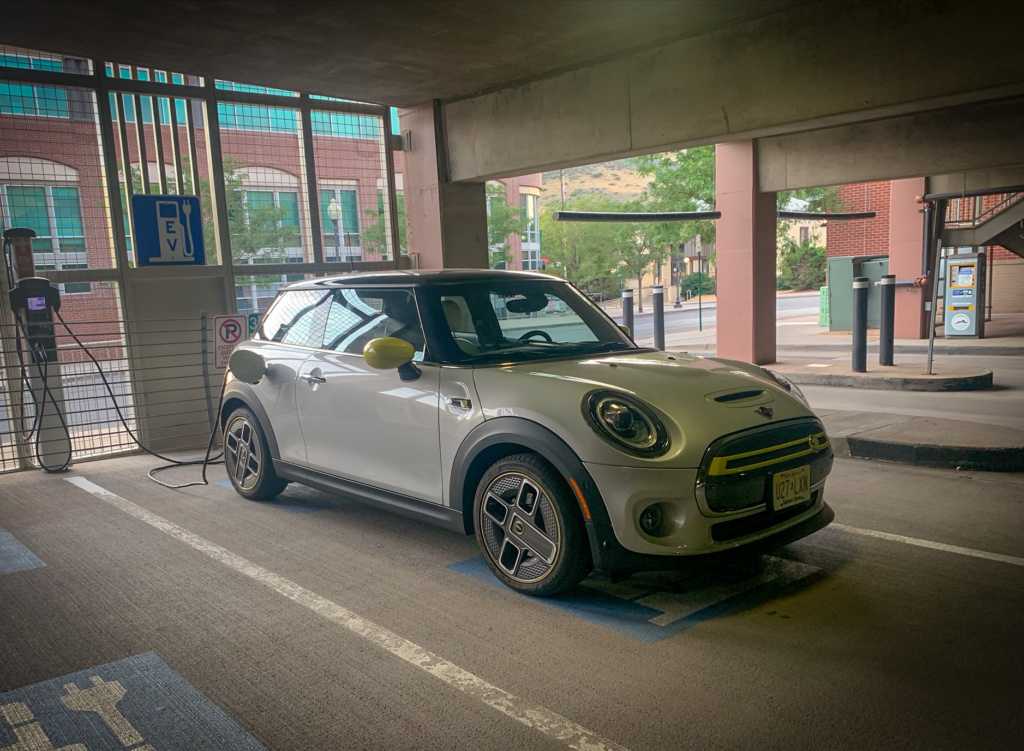
Of course, big power is worthless without a corresponding level of grip and thankfully, the Mini Cooper SE’s traction control is up for the challenge. Instead of utilizing the brakes to quell a spinning tire, the Cooper SE modulates the motor’s torque output which is faster and far more precise. In fact, it is so finely tuned that only a slight wisp of tire spin can be heard as the system maintains power at the threshold of tire traction. It is truly very impressive.
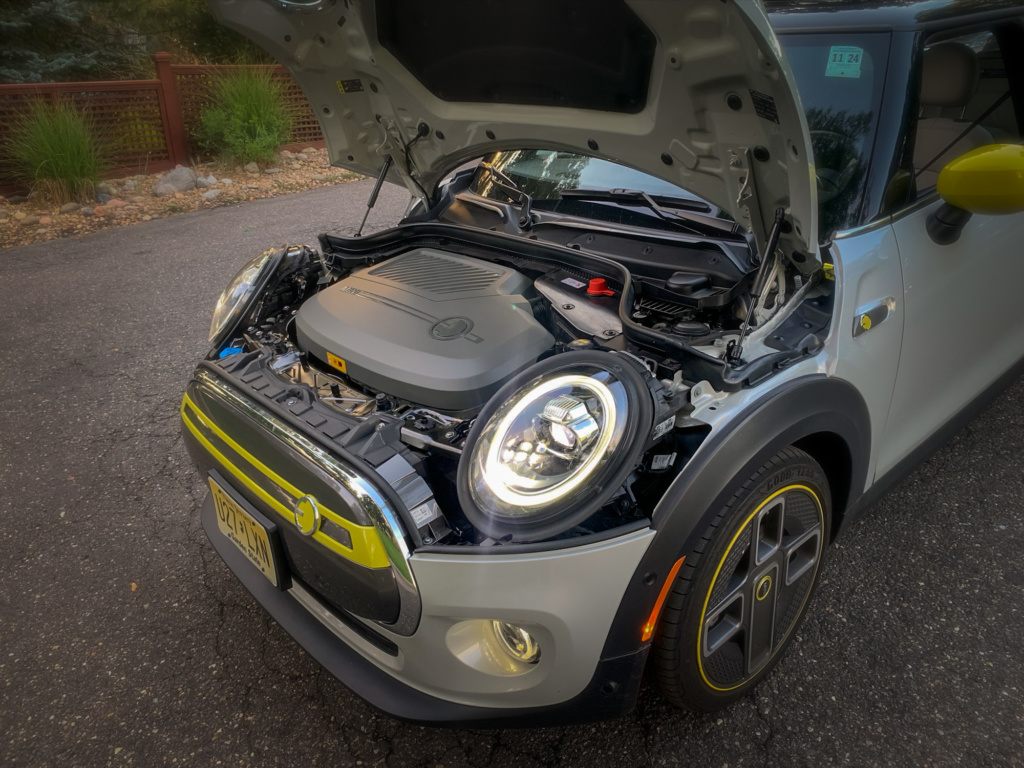
Even though the powertrain is the focal point of the Cooper SE, the engineers were able to maintain the frisky nature of the Mini’s chassis. It doesn’t need to be going Mach 10 to get the smiles going. Its quick turn-in, balanced chassis, and instant torque turn any canyon road into a driving session, however, the additional weight of the batteries puts a noticeable burden on the brake capacity and overall grip from the summer-only performance tires.
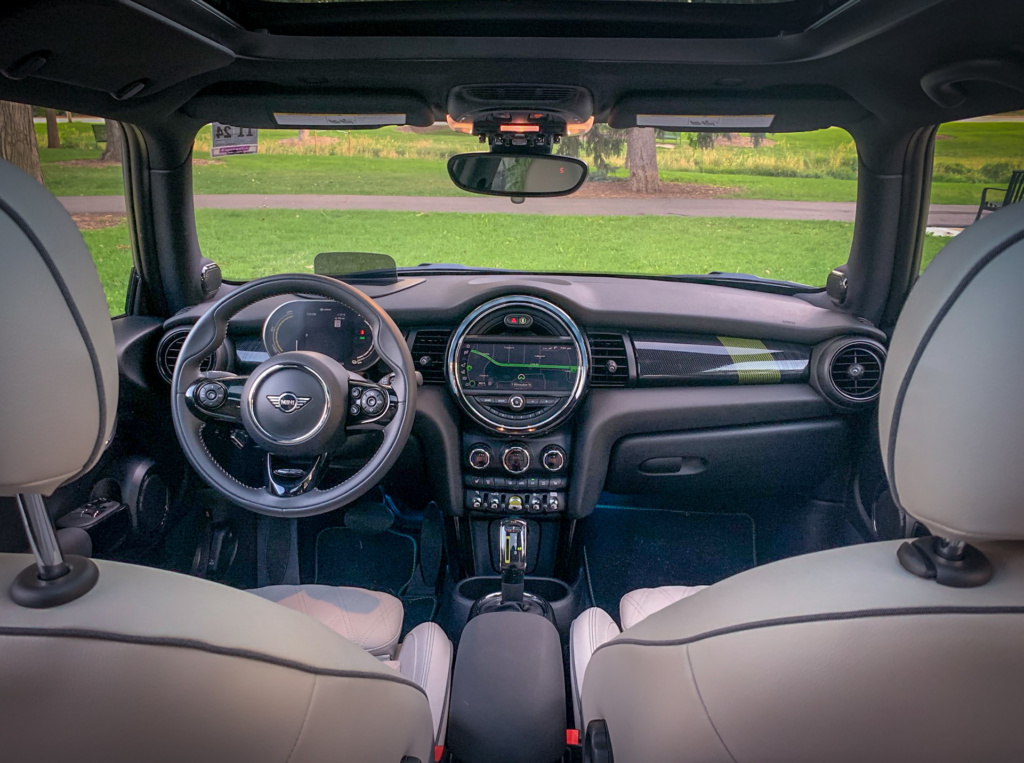
Around town, the Mini Cooper is just as much fun to drive. Its small size and excellent outward visibility make negotiating busy city streets stress-free while the instant punch from the motor is nice to have for those just-in-case scenarios. Throttle control at low speeds is spot on and the one-pedal driving arrangement is easy to learn and quickly becomes the preferred method for “braking” in most situations.
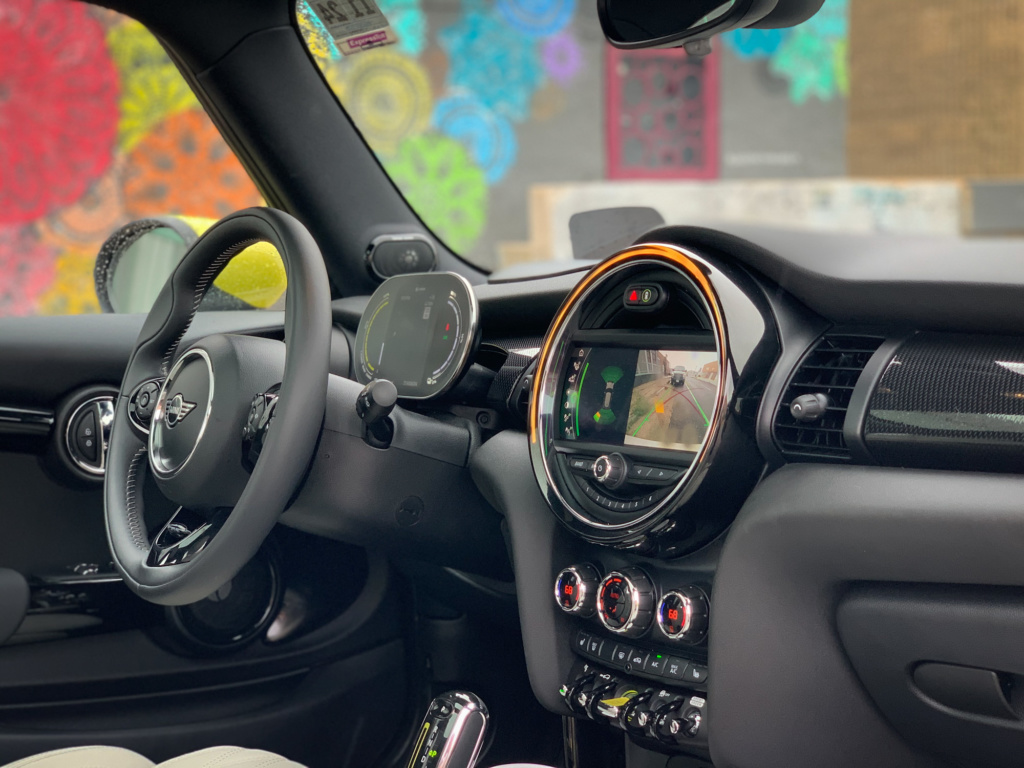
The interior strays from the original Mini’s simplicity-rules-all design, but at least its price tag remains reasonable even in this fully-equipped Iconic trim. In typical modern-Mini form, the level of included features pushes the boundaries for what features can be had in a small car. Some of the most notable ones include LED headlights, fog lights, and taillights, a panoramic sunroof, power folding mirrors, a soft leather and comfortable-to-hold steering wheel, and supportive seats that feel like they were plucked from the BMW parts catalog. Furthermore, the details such as Union Jack patterns in the taillights, MINI ground projection light, lighted door handle and door opening, and mirror puddle lights that help make the car feel a cut above, especially at night.
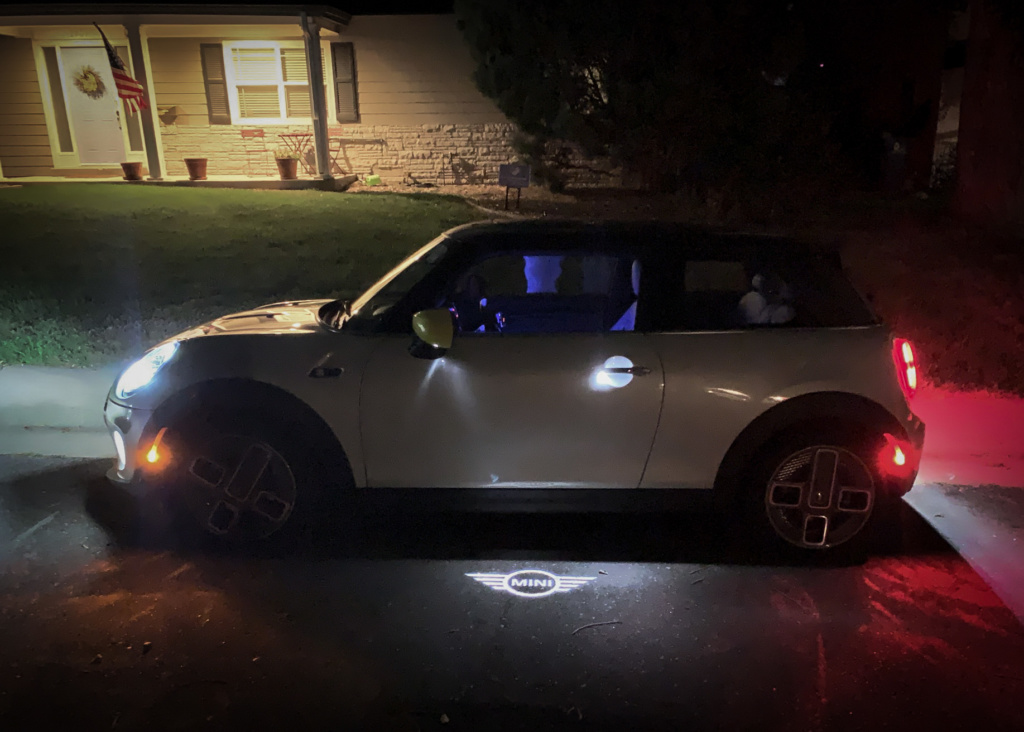
While the Mini’s features and styling details make it feel a step above, one can’t help but notice several areas that already feel ready for an update.
The central 8.8-inch touchscreen display is crisp and the infotainment system is easy to learn, however, the information screens for data-hungry EV owners are lacking in content. The head-up display’s flip-up reflective screen is genuinely useful but it fits into the dash like an afterthought. The main gauge cluster display is a 5.5-inch screen which does an excellent job minimizing glare but its graphics are blurred and it looks way outdated while the automatic climate control required more frequent adjustments than what is normal, and the assembled plastic bits like those on the door handle creak when pressed or pulled.
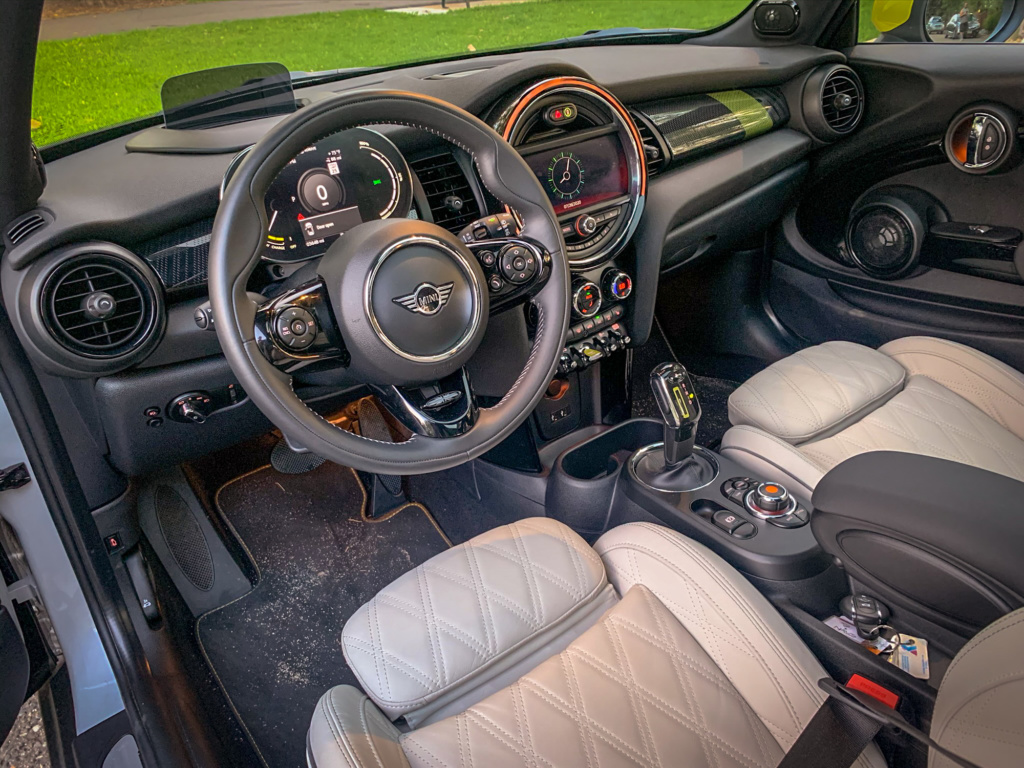
Passenger space is about what one would expect from a two-door hatchback. It fits four though tall people won’t fit behind one another and the cargo space is the same as a gasoline Mini, meaning, pack lightly. The second row is a split-fold seatback and, with both seats folded, the Cooper’s cargo area is usually enough.
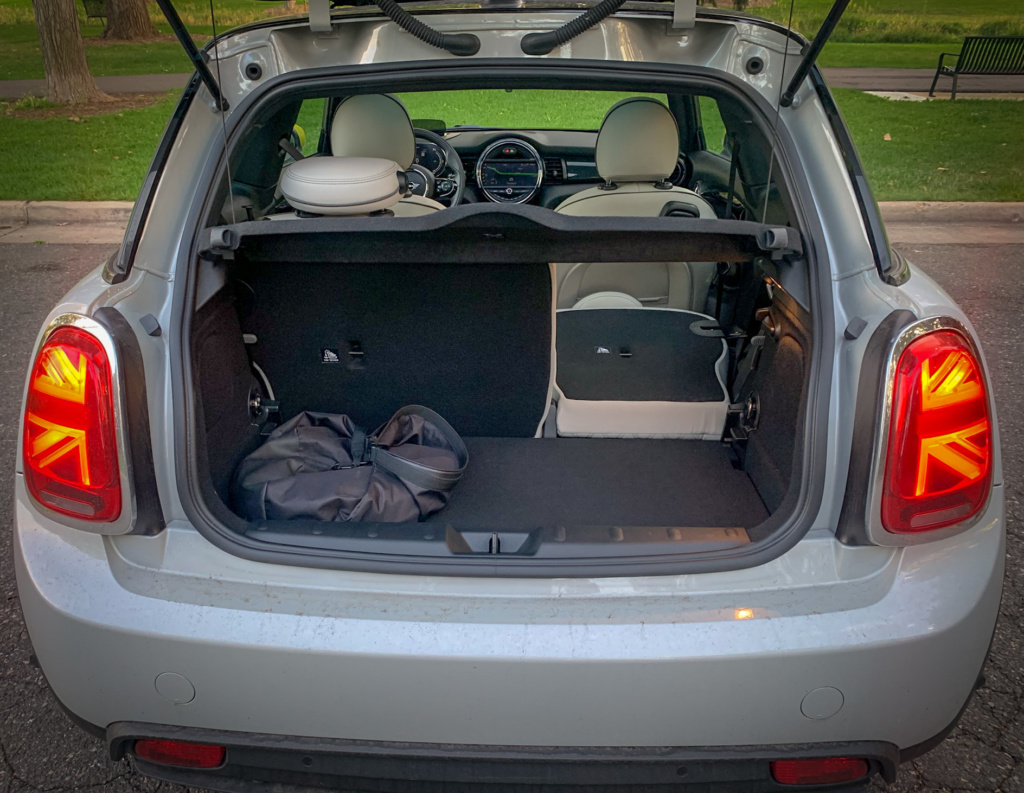
Despite all of those qualities and luxuries, the Mini’s driving range will likely be the ultimate deciding purchase factor.
The Mini utilizes an older EV powertrain that was first seen in 2013 in the BMW i3 and as a result, it now sits near the bottom of the pack in terms of energy efficiency according to the EPA. And rather than using a dedicated platform for the Cooper SE, it adopts the gasoline model’s which limits its battery pack size to just 32.6 kWh.
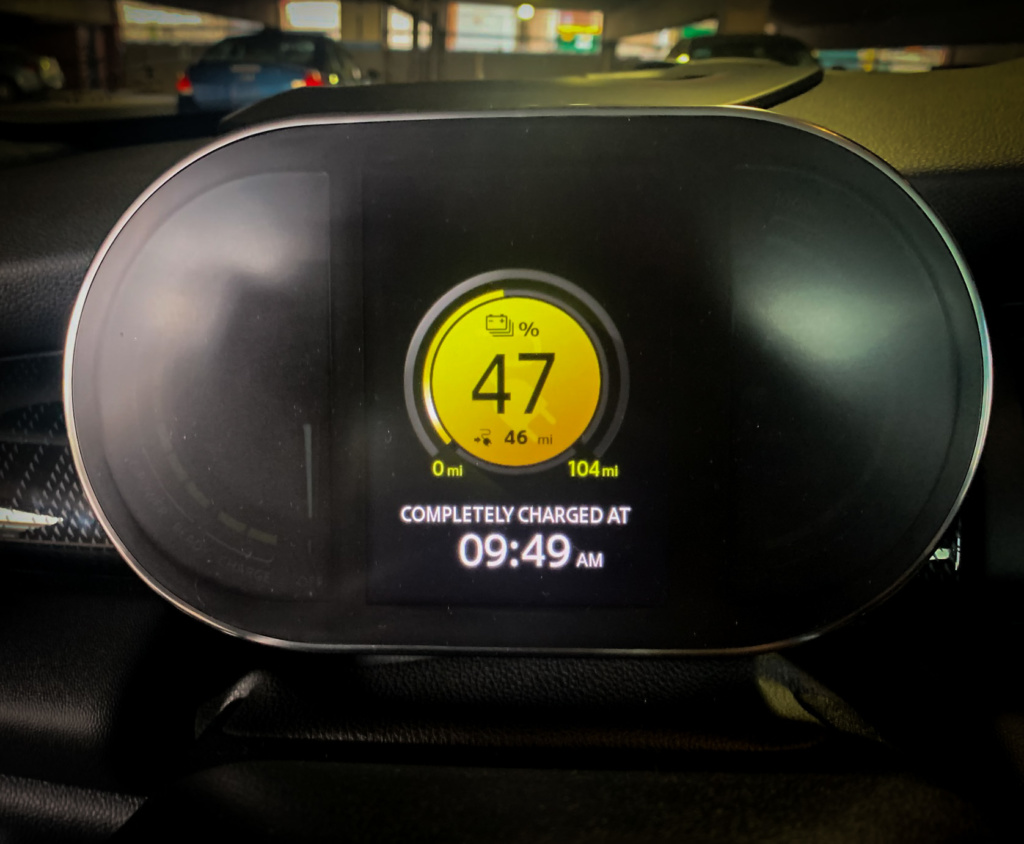
That means that the Cooper SE is only good enough for about 110 miles of range which means that it was always on my mind. Nearly all trips become pre-planned and figuring out where to top off the battery became a frequent concern. Without a Level II charger at home, I always took advantage of the opportunity to top off at public stations whenever possible and according to a recent GM-published report, many EV owners are in this same situation.
Conclusion:
The Mini Cooper SE takes on much of the Mini’s inherent goodness and makes it better with its electric powertrain, with the single exception of its limited range. For most, the Cooper SE would best serve as a second car with a Level II charger easily accessible and reliably available. On one hand, the Mini is a tremendous value and loads of fun for those who can make it work, but, for all others, the added stress of constantly topping off the battery will become too much of a burden. Despite Mini’s best efforts to learn how owners would use their electric cars, the 2009 study couldn’t predict how the market would look in 2020 and the competition actually feels better prepared to meet the demands of most Americans. It’s an unfortunate realization for one of the most entertaining and natural EV’s on the market.
